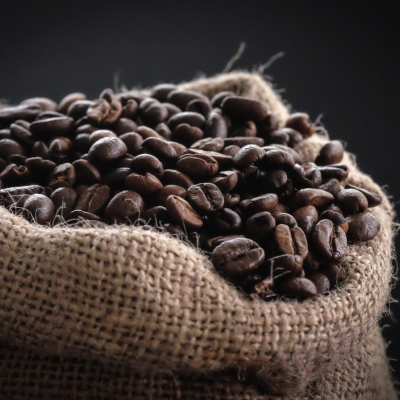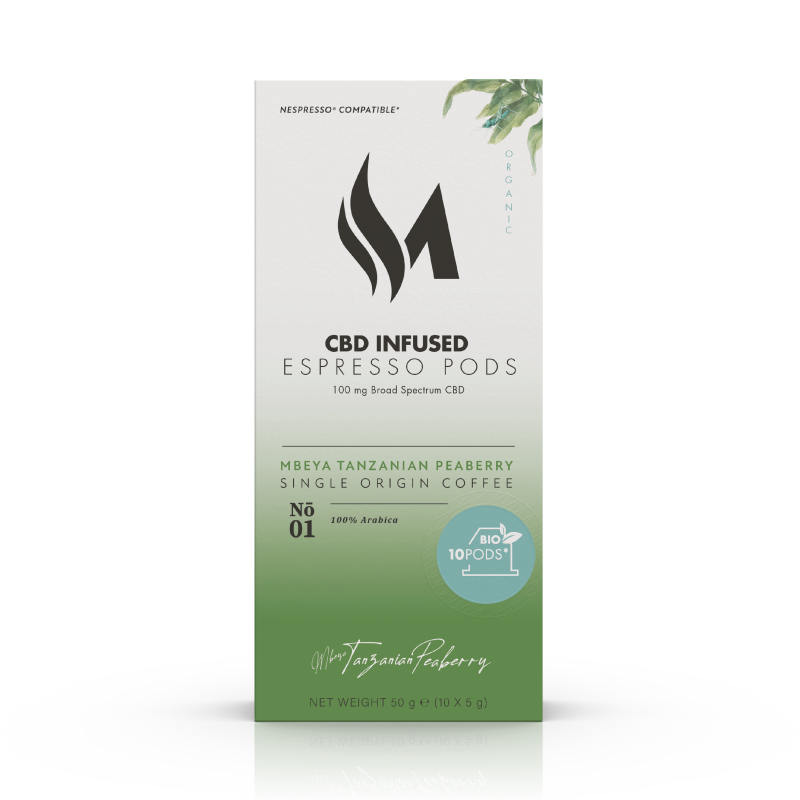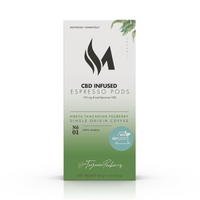
Decaf Isn't The Same as Caffeine-Free
Posted on April 22 2024
‘Caffeine-free’ and ‘decaffeinated’ drinks are two completely different things. However, people use these words interchangeably. Many people who are caffeine-sensitive also order decaf coffee with the thought that they are caffeine-free coffees.
Curious about how ‘decaffeination’ began?
Wonder how coffee is decaffeinated nowadays?
Solvents are preferred instead of water for the decaffeination process as they remove almost all the caffeine much more precisely than water. These solvents used in the process that are more caffeine-specific (solvents that are specifically used for the process to decaffeinate products) can actually remove up to 97% of the caffeine content in the beans!
Ever wondered how is tea decaffeinated?
In Conclusion
Not only is the decaffeinating process fascinating, it is also safe for our health.
The FDA in the year 1999, concluded that the chemicals used in the decaffeinating process are safe to use. This is because the trace amounts left on the beans are so minute (10 parts per million or 0.001% of the finished product) that they cannot adversely affect your health! A cup of decaf coffee contains around 7 mg of caffeine which is much less than the 70 - 140 mg of caffeine a normal cup has! If you’re someone who drinks coffee regularly, then do not hesitate to drink a cup of decaffeinated coffee at night if you want to. Your body is probably so used to the regular cups that the decaf will not keep you up at night!
Our Top Three Must-Visit Coffee Shops in Cape Town
Cape Town is a haven for coffee lovers, boasting some of the finest coffee shops in the country. Whether you're a local or a visitor, these three coffee shops are...
Read More











